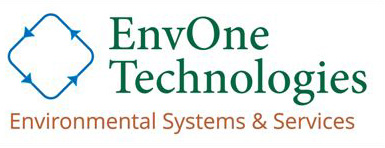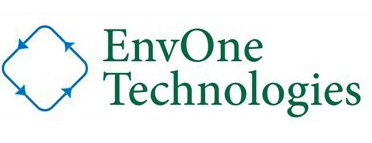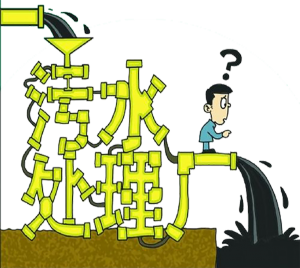
Sewage treatment plant(STP)
- Sewage treatment is a process of removing contaminants from the wastewater, primarily from household sewage. Many processes are used to remove contaminants and produce treated wastewater that is safer for the environment. A by-product is produced which is a semi solid waste called as sludge.
The technologies we use for STP are-
- Activated Sludge Process (ASP) - In this process the raw wastewater undergoes screening, grit removal, primary settling before aeration. The wastewater is then aerated and the mixed water from the aeration tank is settled to give a clear supernatant which may be disinfected & discharged or treated further depending on the intended end use. The sludge withdrawn from the final settling tank is called the activated sludge.
- Sequencing Batch Reactors (SBR) - The process utilizes a fill and draw reactor with complete mixing during the batch reaction step and where the subsequent steps of aeration and clarification occur in the same tank. All SBR systems have 5 steps in common- i) Fill ii) Aeration iii) Sedimentation/Clarification iv)Decant v)Idle.
- Membrane Biological Reactor technology (MBR) - It consists of a biological reactor with suspended biomass and solids separation by microfiltration membranes with nominal pore sizes ranging from 0.1 to 0.4µm. MBR have 2 basic configurations- i) The integrated bioreactor that uses membranes immersed in the bioreactor ii) The recirculated MBR in which the mixed liquor accumulates through a membrane module situated outside the bioreactor.
- Moving Bed Biofilm Reactor(MBBR)- This employs thousands of polyethylene biofilm carriers operating in mixed motion within an aerated wastewater treatment basin. Each individual biocarrier increases productivity through providing protected surface area to support the growth of heterotrophic & autotrophic bacteria within its cells. This bacteria achieves high rate biodegradation within the system. It is a cost effective system.
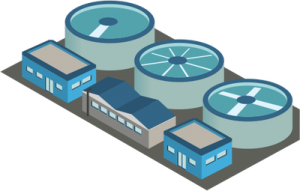
Water Treatment Plant(WTP)
Water Treatment Plants is a process that improves the quality of water to make it more acceptable for a specific end use. The use may be drinking, industrial water supply, irrigation, water recreation and many other uses and it can also be used to safely return the water to the environment. This treatment removes contaminants and undesirable components or reduces their concentration so that the water becomes fit for its desired end use. The technologies we use for WTP are-
- Micro Filtration(MF)- It is a type of physical filtration process where the contaminated water is passed through special pore sized membranes to separate suspended particles and microorganisms from the liquid. The pores are usually ˃50nm in size. It can also be used to remove turbidity, solids separation etc.,/li>
- Ultra Filtration(UF)- This permits the clarification and disinfection of water in a single step. The size of the pores present is 2-50 nm. It has many of the same applications as Micro Filtration except that Ultra Filtration gives a better separation of finer colloids, bacteria and viruses.
- Reverse osmosis(RO)- In this system the membranes present have pores ˂2nm and have the lowest mol wt cut off. They are therefore used in desalination operations to remove ionic species from solution. This system improves odour and appearance. They also remove sodium, nitrates, sulphates, heavy metals, TDS and other molecules.
- Softeners – these are usually used to soften the water by removing the minerals that cause the water to be hard. The characteristics of the hard water can be removed by the use of softeners.
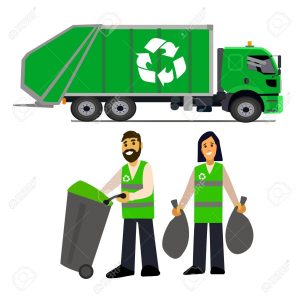
Solid Waste Management(SWM)
Solid Waste Management is the collection, treating and disposing of solid material that is discarded because it has served its purpose or is no longer useful. It can create unsanitary conditions and can lead to the pollution of the environment and outbreaks of many diseases. The technologies we use for Solid Waste Management are-
- Waste converters- it is a machine used for the treatment and recycling of solid and liquid refuse material. It is a self contained system capable of performing many functions like pasteurisation of organic waste, sterilisation, dehydration.
- Biogas systems- this system make use of a relatively simple, well known and mature technology. Large tanks/ Digester are used in which the bacteria convert the organic waste into methane gas through anaerobic digestion. Each day the tank is feeded with the wastes.

Effluent Treatment Plants(ETP)
Effluent Treatment Plant is an type of waste water treatment method which is commonly used to purify industrial waste effluents for its reuse and safer release to the environment. The technologies we use for ETP are-- Upflow Anaerobic Sludge Blanket(UASB)- this process is usually done in an single tank. The waste water passes through the suspended sludge blanket filters and treats the water. This blanket consists of microbial granules. These microorganisms can also be used to degrade organic compounds. In this process the waste water enters through the bottom and flows upward through the sludge blanket and the clarified effluent is extracted from the top of the tank.
- Upflow Anaerobic Filters(UAF)- This method is usually used in the treatment of waste waters containing low levels of organic materials. This filters contains microorganisms between the spaces in the medium and also attached on the surface.
- Activated Sludge Process(ASP)
- Moving Bed Biofilm Reactor(MBBR)

Sullage Water Treatment Plant(SWTP)
Sullage is the wastewater generated in household or office buildings without fecal contamination. Sources of sullage water includes sinks, showers, baths, washing machines or dish washers. It is generally treated and reused for toilet flushing, landscape or crop irrigation etc. The technology for SWTP is
- Activated Sludge Process(ASP).
- Moving Bed Biofilm Reactor(MBBR).
